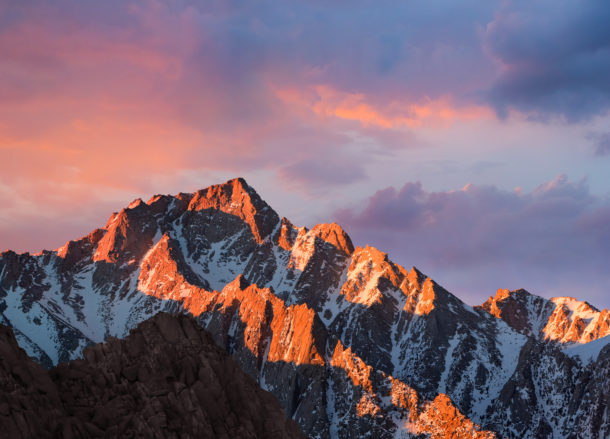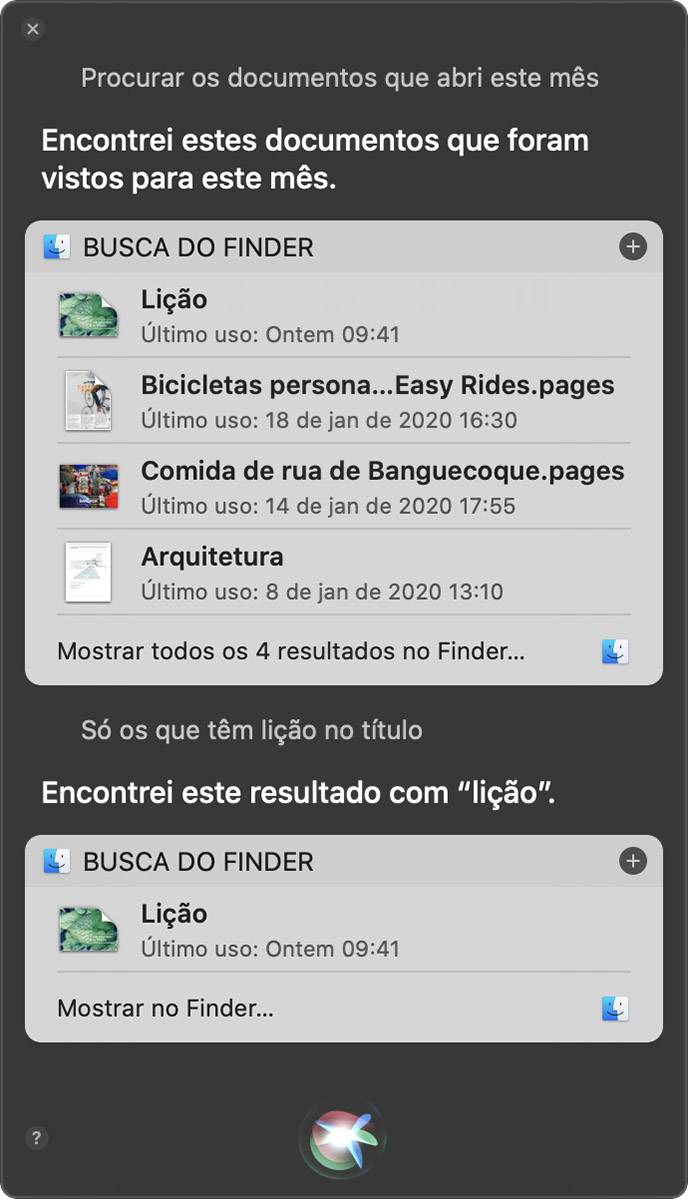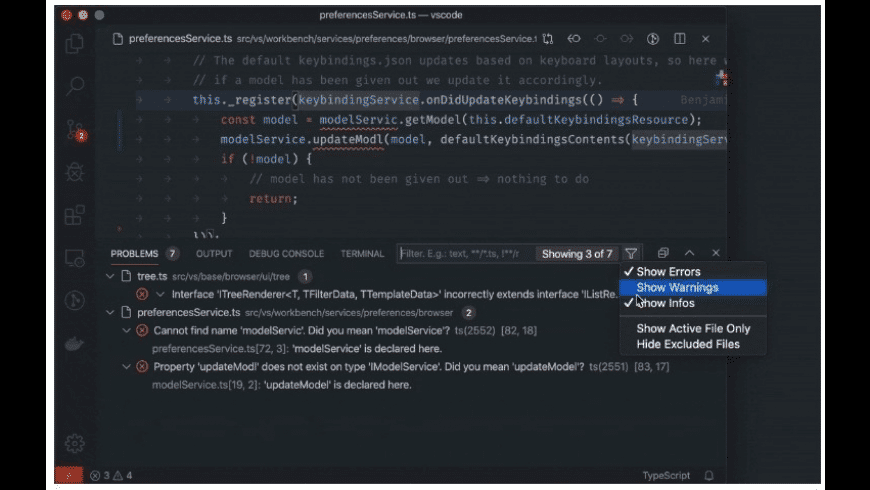Presenting Apple Music on Mac. The new Apple Music app is the ultimate music streaming experience on Mac. 1 Explore a library of 60 million songs, discover new artists and tracks, find the perfect playlist, download and listen offline, or enjoy all the music you’ve collected over the years. And find it all in your music library on all your devices.
- Support Communities / Mac OS & System., macOS High Sierra (10.13.1) Posted on Nov 12, 2017 10. Download the latest version of Java for OS X.
- Oct 26, 2017 Download Java for OS X 2017-001 Java for macOS 2017-001 installs the legacy Java 6 runtime for macOS 10.13 High Sierra, macOS 10.12 Sierra, macOS 10.11 El Capitan, macOS 10.10 Yosemite, macOS 10.9 Mavericks, macOS 10.8 Mountain Lion, and macOS 10.7 Lion.

Download Mac Os Sierra Free
While working with Ionic and PhoneGap or let’s say anything related to Cordova, I ran into an error requiring Java JDK 1.8 which is required to run the build command. It took a bit of searching to find a concise explanation of how this is done on Mac OSx High Sierra.
The Steps
First find the proper Java Development Kit which is a little confusing because the original error referred to installing JDK 1.8 which which is actually JDK8. Install the following through the standard .dmg method. I found the download here:

http://www.oracle.com/technetwork/java/javase/downloads/jdk8-downloads-2133151.html
Mac Os Sierra Download Usb
Next you want to see which version(s) of Java you have available, you can do this with the following command which returned the two versions listed below for me. By default I was using the 9.0.4 version.
Once we have these listed, we can use the following to install the version we want to use. Notice the use of the version listed above. Also notice that the statement uses the back tick not a single quote (found with the tilde).
Now we can run the following command to see which Java version is running on our system.
Which should return something like this:
Conclusion
Again, it seems pretty straight forward and it is but before some research it was still a little unclear. This will last until you reboot your computer and will revert back to the default Java version. I think this is good practice so that anything using the default version can use it and I can switch the version when I’m in code mode developing apps.
Feel free to ask questions or offer comments below!
 Siri4mac is the port of siri to mac os x is completely offline and will offer basic commands Programs for query ″siri version 1.0 download″ iSkysoft Audio Recorder. Free siri download for mac. System Tools downloads - Siri by Diabolisch Dev Team and many more programs are available for instant and free download. Lifestyle; Business. Siri4mac is the port of siri to mac os x is completely offline and will offer basic commands.
Siri4mac is the port of siri to mac os x is completely offline and will offer basic commands Programs for query ″siri version 1.0 download″ iSkysoft Audio Recorder. Free siri download for mac. System Tools downloads - Siri by Diabolisch Dev Team and many more programs are available for instant and free download. Lifestyle; Business. Siri4mac is the port of siri to mac os x is completely offline and will offer basic commands.
This topic includes the following sections:
System Requirements for Installing the JDK on macOS
The following are the system requirements for installing the JDK on macOS:
Any Intel-based computer running macOS.
Administrator privileges.
You cannot install Java for a single user. Installing the JDK on macOS is performed on a systemwide basis for all users. Administrator privileges are required to install the JDK on macOS.
Determining the Default JDK Version on macOS
When starting a Java application through the command line, the system uses the default JDK.
Visual Studio Code is free and available on your favorite platform - Linux, macOS, and Windows. Download Visual Studio Code to experience a redefined code editor, optimized for building and debugging modern web and cloud applications. 
You can determine which version of the JDK is the default by entering java -version in a Terminal window. If the installed version is 12 Interim 0, Update 0, and Patch 0, then you see a string that includes the text 12. For example:
To run a different version of Java, either specify the full path, or use the java_home tool. For example:
$ /usr/libexec/java_home -v 12 --exec javac -version
Installing the JDK on macOS
- Download the JDK
.dmgfile,jdk-12.interim.update.patch-macosx-x64.dmg.Before the file can be downloaded, you must accept the license agreement.
- From either the browser Downloads window or from the file browser, double-click the
.dmgfile to start it.A Finder window appears that contains an icon of an open box and the name of the.pkgfile. - Double-click the
JDK 12.pkgicon to start the installation application.The installation application displays the Introduction window. - Click Continue.
- Click Install. A window appears that displays the message: Installer is trying to install new software. Enter your password to allow this.
- Enter the Administrator user name and password and click Install Software.The software is installed and a confirmation window is displayed.
.dmg file if you want to save disk space. Uninstalling the JDK on macOS
You must have Administrator privileges.Note:
Do not attempt to uninstall Java by removing the Java tools from /usr/bin. This directory is part of the system software and any changes will be reset by Apple the next time that you perform an update of the OS.
- Go to
/Library/Java/JavaVirtualMachines. - Remove the directory whose name matches the following format by executing the
rmcommand as a root user or by using thesudotool:/Library/Java/JavaVirtualMachines/jdk-interim.update.patch.jdkFor example, to uninstall 12 Interim 0 Update 0 Patch 0:
$ rm -rf jdk-12.jdk
Installation FAQ on macOS Platform
This topic provides answers for the following frequently asked questions about installing JDK on macOS computers.
1. How do I find out which version of Java is the system default?
When you run a Java application from the command line, it uses the default JDK. If you do not develop Java applications, then you do not need to worry about this. See Determining the Default JDK Version on macOS.
2. How do I uninstall Java?
See Uninstalling the JDK on macOS.
Microsoft office 2007 free download with key. 3. After installing Java for macOS 2012-006, can I continue to use Apple's Java 6 alongside the macOS JDK for Java 12?
If you want to continue to develop with Java 6 using command-line, then you can modify the startup script for your favorite command environment. For bash, use this:
$ export JAVA_HOME=`/usr/libexec/java_home -v 12`
Some applications use /usr/bin/java to call Java. After installing Java for macOS 2012-006, /usr/bin/java will find the newest JDK installed, and will use that for all of the Java-related command-line tools in /usr/bin. You may need to modify those applications to find Java 6, or contact the developer for a newer version of the application.
4. Can I restore Apple Java after uninstalling Oracle Java?
Go back to Apple Java using the following instructions:
Uninstall Oracle Java by deleting the plug-in file. From a command-line, enter:
$ sudo rm -rf '/Library/Internet Plug-Ins/JavaAppletPlugin.plugin'Create a symlink using the following command, entered on a single line:
$ sudo ln -s /System/Library/Java/Support/CoreDeploy.bundle/Contents/JavaAppletPlugin.plugin '/Library/Internet Plug-Ins/JavaAppletPlugin.plugin'
5. What happened to the Java Preferences app in Application Utilities?
The Java Preferences app was part of the Apple Java installation and is not used by Oracle Java. Therefore, macOS releases from Apple that do not include Apple Java will not include Java Preferences.
